Double and Multiple Stars - Hipparcos
Double and Multiple Stars |
|
|
Stars which are sufficently close together to be affected by their mutual gravitational attraction are true double or multiple stars.
|
|
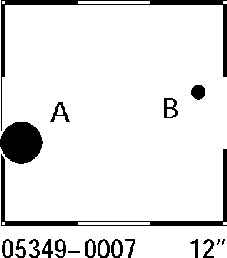 |
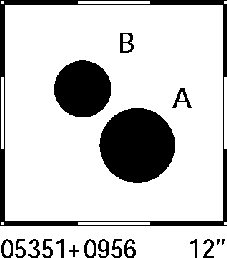 |
|
CCDM Identifier=05349-0007 HIP Number=26188 The brighter of the two stars (A) has an Hipparcos magnitude of 7 mag while the fainter (B) of the two stars in this system has a measured Hipparcos magnitude of 10 mag. The stars are 10 arcsec apart. |
CCDM Identifier=05351+0956 |
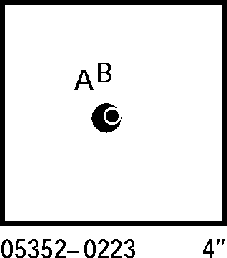 |
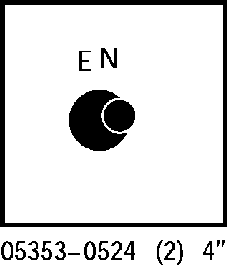 |
|
CCDM Identifier=05352-0223 HIP Number=26216 This pair are visually a very close couple (separated by 0.12 arcsec). A Hp difference of 1.8 mag (star A has Hp=8.5 mag) distinguishes them in brightness. |
CCDM Identifier=05355+0723 HIP Number=26259 The two stars in this system are almost equally bright with a difference of only 0.3 mag between them (star B is just brighter at Hp=10.157 mag). |
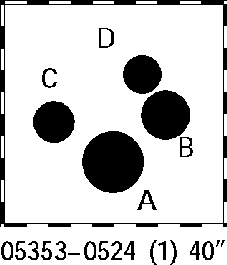 |
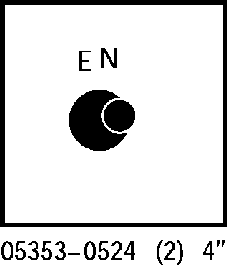 |
|
CCDM Identifier=05353-0524 HIP Numbers: 26221 (A), 26220 (B and D), 26224 (C) The following two systems form a sextuple (a six member system): In this first chart, four components are apparent. The brightest (A) has an Hipparcos magnitude of 4.9 mag. The other stars (in descending order of brightness) are B (Hp=6.3), C (Hp=7.2) and D (Hp=7.5). |
CCDM Identifier=05353-0524 continued HIP Numbers: 26235 (E and N) These two stars are also part of the sextuple system. In brightness they cover the same range as the previous four stars (E is almost as bright as A at Hp=5 mag), while N is the faintest of the 6 (Hp=8.2 mag). They are separated by only 0.38 arcsec. |
- Removed a total of (18) style text-align:center;
- Removed a total of (2) align=top;
- Removed a total of (1) border attribute.
- Removed a total of (1) cellpadding attribute.
- Removed a total of (1) cellspacing attribute.








































 Sign in
Sign in
 Science & Technology
Science & Technology